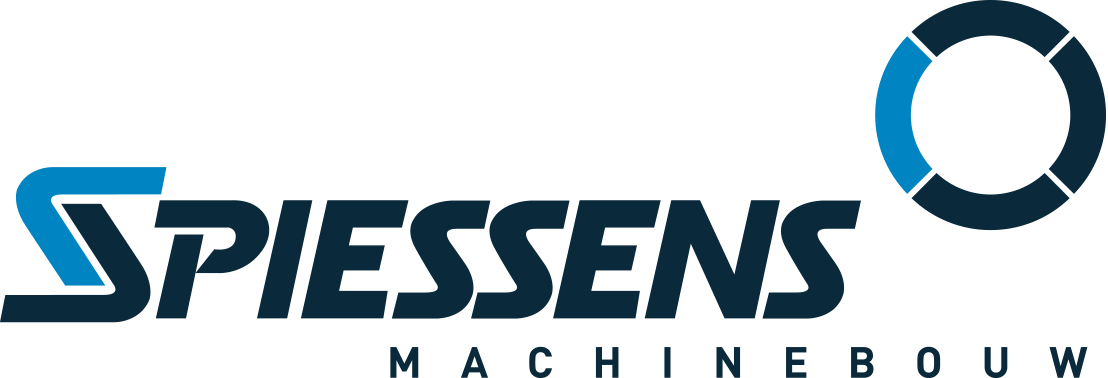Washingline for spinach or chervil
Customer demand
For this case, Spiessens was asked to design a 10-tonne-per-hour washing line for spinach or chervil. At the sides, platforms were provided to facilitate cleaning.
Want to know more?
Transportation & Storage
Spinach or chervil comes directly from the bunkers through a positive air cleaner onto a wide feed belt.
This transports the product onto two conveyor belts, which divides the product flow into two insect drums.
Washing & Cleaning
The product falls into the insect drum that removes dirt and small parts. The waste product falls onto a discharge conveyor underneath and is transported outside. Next, the product falls into a flume that distributes it in the washer. Paddles immerse the spinach/chervil at regular intervals and two insect drums remove the small floating particles.
Washing & Cleaning
At the end, the discharge conveyor takes the product out of the washer. The water overflow gravitates to two external filter drums and a water tank underneath so that this remains a closed water circuit. The waste from the filter drum is also discharged to the outside.
At the end of the outflow conveyor of the scrubber, the product falls out into a flume, which divides the product into two separate streams. After which it is divided into two separate washers.
Washing & Cleaning
The washers clean the product in the same way as the washer with paddles and the insect drum. The water overflows into an external filter drum per washer.
When the product comes out of the washer, it falls on the dewatering vibrator that removes all the excess water. At the end of this vibrator, there is a negative air cleaner that sucks up the smaller waste particles, after which the product falls into the optical sorter. After the two optical sorters, the product falls onto a conveyor belt that ends in a flume.
Need a customised machine solution?
We will visit you to discuss an efficient and affordable solution.
Make an appointment


